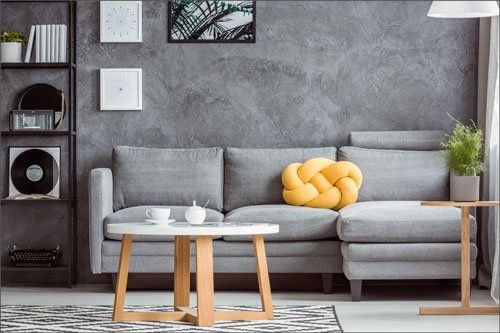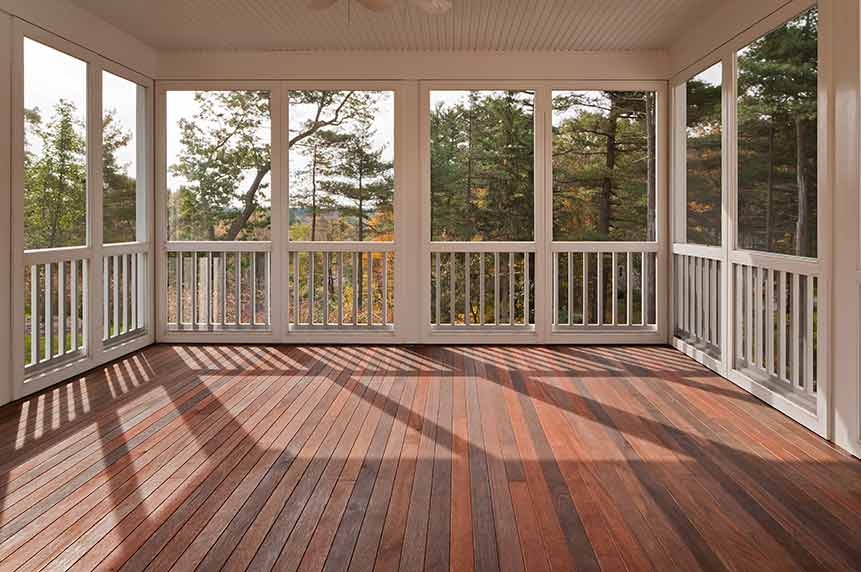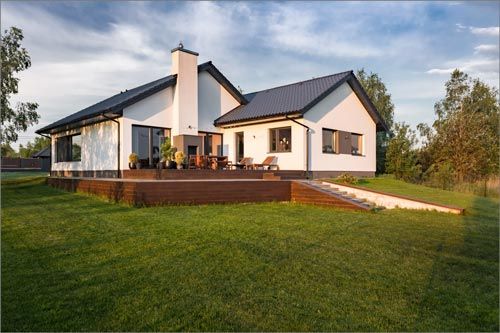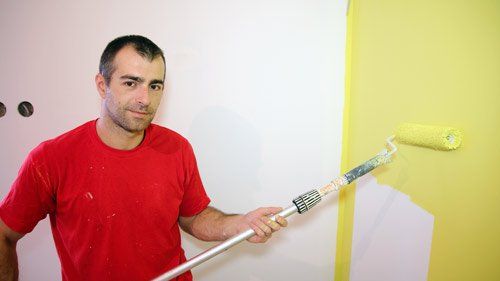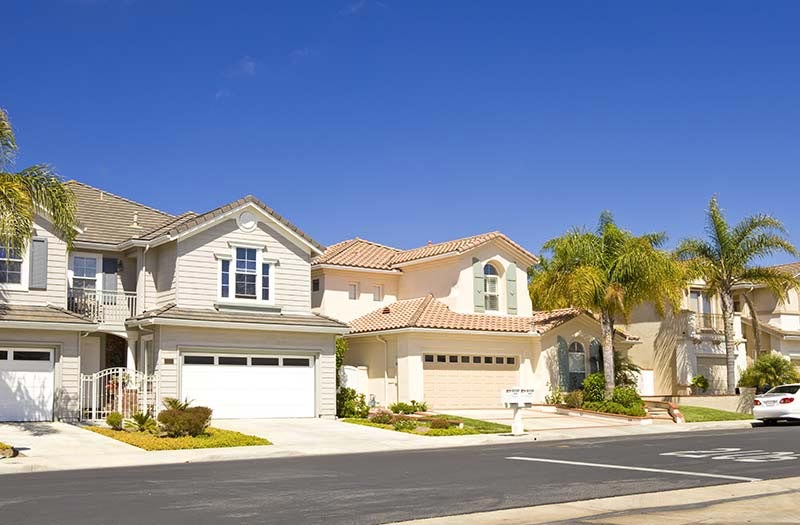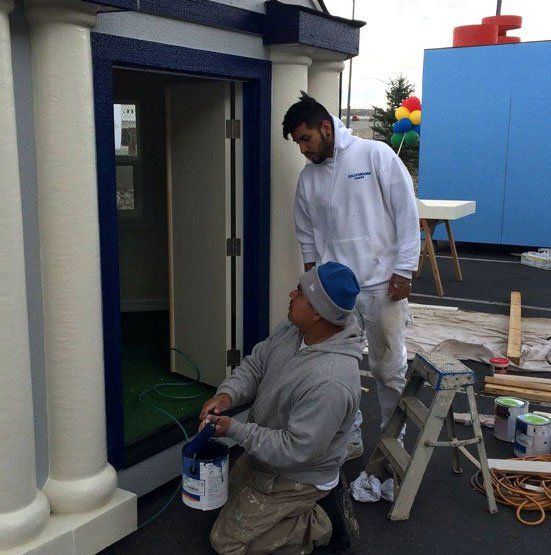Tips For Choosing An Exterior Color Palette | Diversified Painting
- By Admin
- •
- 12 Sep, 2018
- •

Know the Parts of the Color Scheme
Your color scheme will consist of several working parts - between two to four colors working together. The palette starts with a foundation color which will serve for all your exterior walls. This color will be the most visual.
Next, you'll choose up to three accent colors for the doors, shutters, and other trim. Some homeowners choose just one accent color for all those parts, while others choose a different color for each.
Spin the Color Wheel
Basic knowledge of color theory can help your decision-making process. One basic principle relates to the intensity of colors. Tints have white added to them to lighten a color. Adding black to darken a color creates a shade. Adding gray to the color to remove some of its intensity results in a tone.
Knowing about color intensity will help you pick among common color harmonies. For example, a classic color harmony for making a statement is the complementary palette, which features colors directly opposite on the color wheel. Using these colors at full intensity would create a jarring effect, so you could tone the base color down and tint the accent color.
Match Parts of the House
Eye the Neighbors' Color Scheme
Look to the Classics
Honor your House's Style
Choose Colors you Like
It may sound obvious, but choosing colors you like will help you be happy with your paint job. To that end, what's your favorite color? When you factor in tints, hues, and shades, any color is possible for your exterior paint job.
Additionally, look at some paint swatches that have been premade into color combinations. Examine ones that create the effect that's most pleasing to you. Again, you can customize it with different color combinations in the same intensity levels as those found in the premade scheme.
Be confident about your choice in paint colors by following the above tips. When you're ready for an expert painting service, call the professionals at Diversified Painting.

